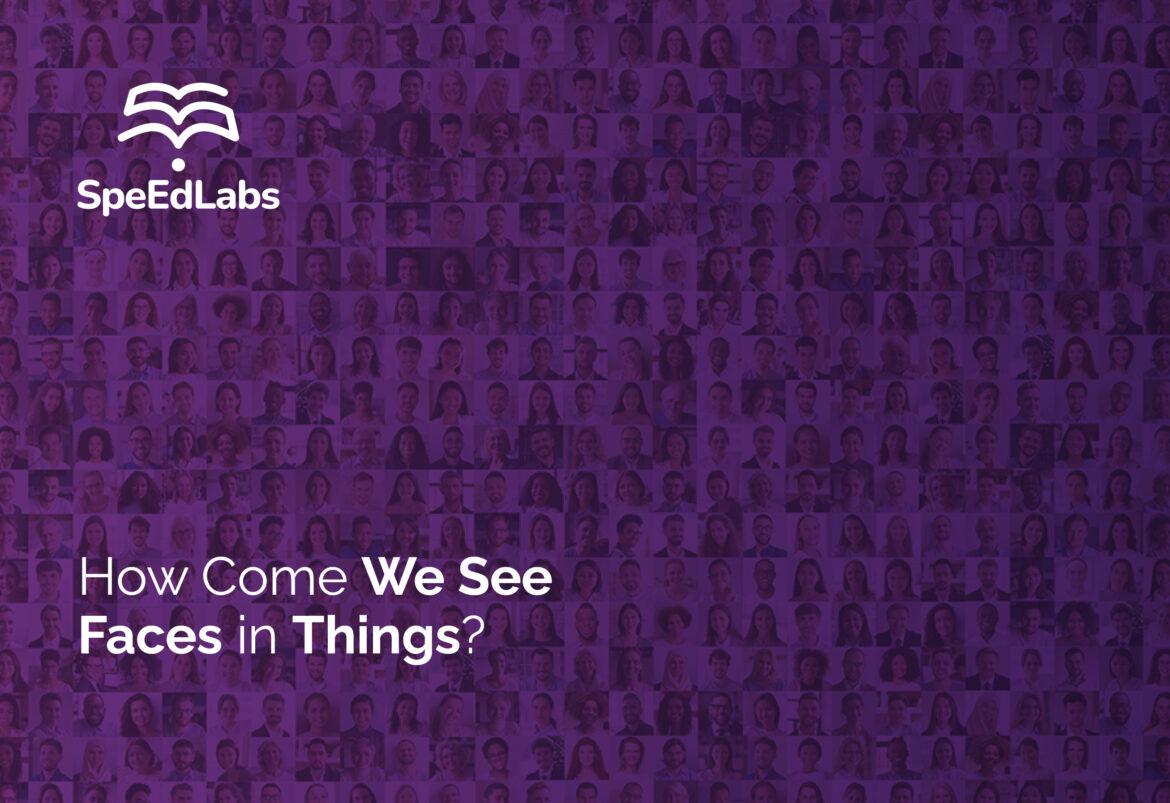Often, people see faces in the most unexpected and unusual objects around us, such as Jesus’ face on toast or Elvis’ face on a potato chip. In social media, there are several accounts dedicated to this curious phenomenon, where people post ‘faces’ they see in everyday objects.
It has been a long-standing curiosity of neuroscientists to understand how and why our brains create faces that aren’t actually there. According to research from China and Canada published in 2014, it’s very common, and our brains are very primed to recognize faces, even when they’re not there.
The phenomenon is called ‘Face Pareidolia’, and it is extremely common. It is common for children to spend hours spotting faces in clouds, but why do we see faces everywhere even when they aren’t there? Exactly why does our brain create such illusions about a ‘face’? When this happens, what is going on in our brains?
Let’s find out!
What is there in a Face?
It might be surprising to you that the brain perceives faces even when there are none to see. Human survival has been highly dependent on social interactions and cooperation since hunter-gatherer societies evolved. Keeping track of social relationships and networks is crucial to our survival, which is dependent on our ability to identify, remember, and keep track of our peers; for that, we rely on our ability to recognize faces.
Throughout our evolution, human faces have become increasingly diverse in appearance, making face recognition crucial to our survival! Our brains evolved to recognize human faces as visual stimuli as a means of survival. Thus, our brains innately have a separate department for identifying faces, called the Fusiform Face Area (FFA).
All of this suggests that failure to recognize a face can be devastating for human survival.
Why does it take place?
As well as being extremely common, face pareidolia is also more evolutionarily primitive than previously thought.
There are two ways in which the brain processes input (including faces). The incoming sensory information from an object can be processed consciously by focusing our attention on it. An example of this would be when we meet an old friend from school and try to recognize them by their face. It is referred to as top-down processing.
The second technique is more automatic and lacks conscious control since the brain scans the environment without paying attention to any significant incoming sensory information or patterns. A good example of the result of this kind of bottom-up processing is the ability to recognize faces in clouds. Even when we consciously know that there is no face in the cloud, we can’t stop seeing it since this process is unconscious and automatic.
When sensory information is processed from the bottom up, it must be matched with previously learned labels or categories for identification. To put it simply, the technique involves comparing an earlier sight with a current object. If a pattern resembles a “face,” the information must be sent to the brain regions that analyse faces so they can recognize it.
According to some theories, face pareidolia occurs when the brain mismatches labels for objects while doing bottom-up processing. It is possible to spot mysterious faces on our food if the brain mistakenly perceives toast as a face and passes the signal to the face-processing regions of the brain.
When it comes to mislabelling objects as faces, the brain makes more mistakes because there is less at stake if we don’t recognize an object correctly, compared with a person’s face. In evolutionary terms, not recognizing a potato chip as a potato chip is not fatal, but not recognizing your enemy might be fatal!
